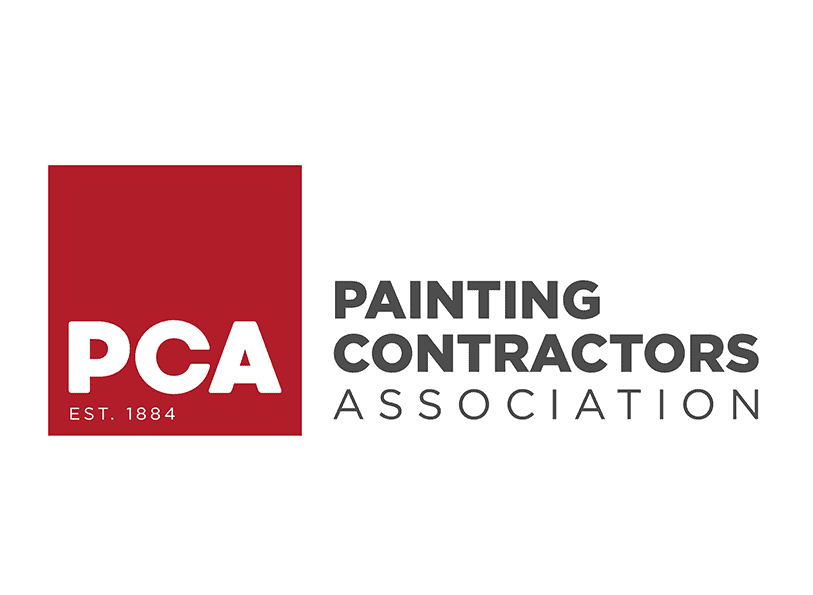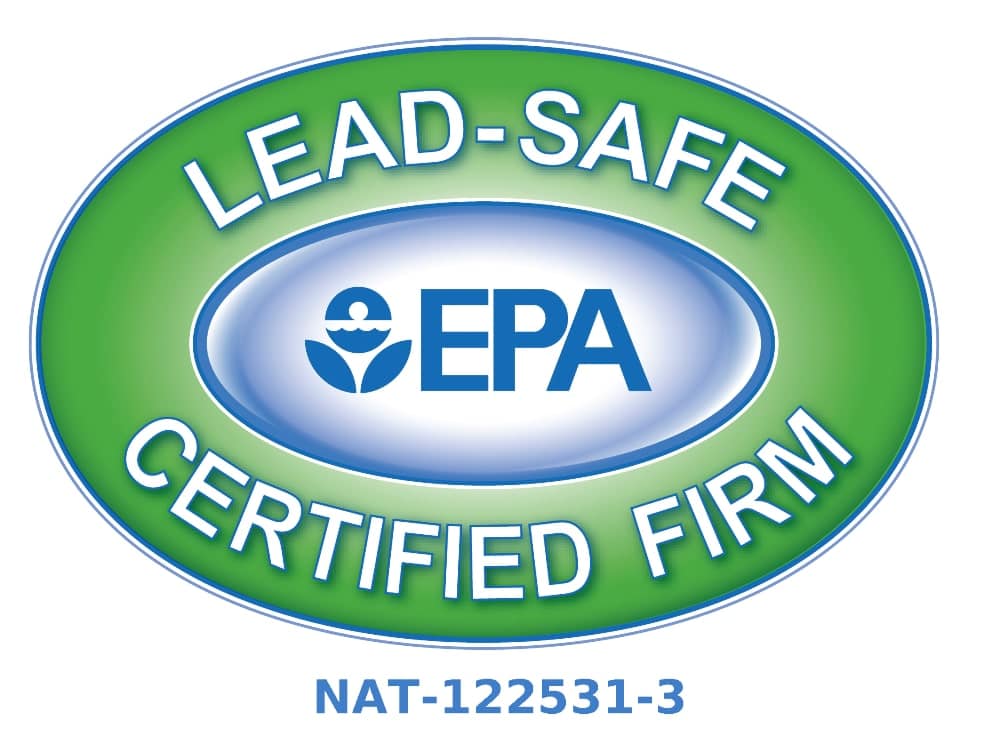10 Mar Painting Interior Brick
-
-
- What are the other colors in your home or near the red brick?
- Do you prefer bright, bold colors or muted neutrals?
- Will the new paint be immediately adjacent or in the same room as the red brick?
- Do you want to paint over the brick to disguise the red?
-
FAQ
1. Can I paint any interior brick wall, or are there conditions where painting is not recommended?
You can paint most interior brick walls, but it’s crucial that the bricks are clean, dry, and in good condition. Avoid painting new brick or mortar until it has cured for at least one month, and never paint over dirty, damaged, or damp brick, as this can lead to peeling and moisture problems. If your bricks are newly installed, wait at least a month before painting to ensure the mortar has fully set and moisture has dissipated.
2. What preparation steps are necessary before painting interior brick?
Proper preparation is key for a lasting finish. Clean the brick thoroughly with a stiff brush and soapy water (or a mild cleaner), making sure to remove all dust, dirt, and debris. Allow the brick to dry completely—typically 24–48 hours. Repair any cracks or holes with suitable filler or caulk, and tape off any areas you don’t want painted. Finally, apply a high-quality masonry primer to seal the porous surface and ensure good paint adhesion.
3. What type of paint and primer should I use for interior brick?
Use a primer specifically designed for masonry or brick surfaces, as these provide the best sealing and adhesion. For paint, choose a high-quality acrylic latex or enamel paint formulated for interior masonry. Enamel paints in satin or semi-gloss finishes are recommended because they are more durable and easier to clean than flat paints, which can attract dust and be difficult to maintain over time.
4. What application methods work best for painting interior brick?
A combination of tools is typically used:
-
Use a roller for large, flat areas to speed up the process.
-
Use a brush to get into the mortar lines and textured areas the roller can’t reach.
-
For a smoother, more even finish, experienced DIYers might use a paint sprayer, but this requires careful masking to avoid overspray. Two coats are usually needed for uniform coverage.
5. Are there any long-term considerations or drawbacks to painting interior brick?
Once you paint brick, it is nearly impossible to return it to its original state; paint soaks into the porous surface and is difficult to remove completely. Painted brick can also trap moisture if not properly prepped, potentially leading to damage over time. Use breathable paints and ensure the brick is fully dry before painting to minimize risks. Regular cleaning and occasional touch-ups may be required, especially for bricks near fireplaces or high-traffic areas.

Mike Katounas is the owner of Home Works Painting, a painting business in Northern Virginia. He has over 15 years of experience in residential interior and exterior painting, drywall installation/repair, carpentry, wallpaper removal, power washing, commercial painting, color consultation, and staining/sealing. Their service areas include Chantilly, Fairfax, Herndon, Oakton, Reston. Mike takes pride in his work, and he always follows a strict code of conduct that includes the use of quality paint, a clean workspace, and an honest, respectful approach to his customers.












Sorry, the comment form is closed at this time.